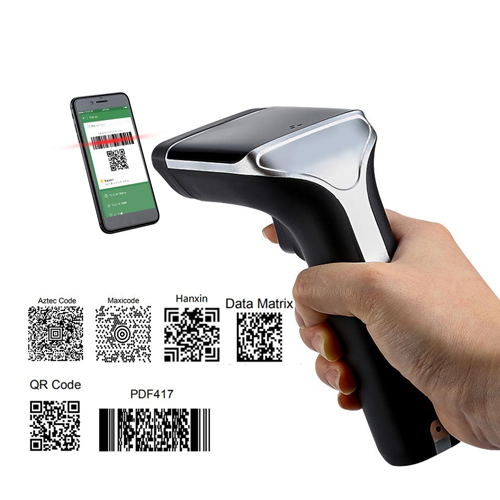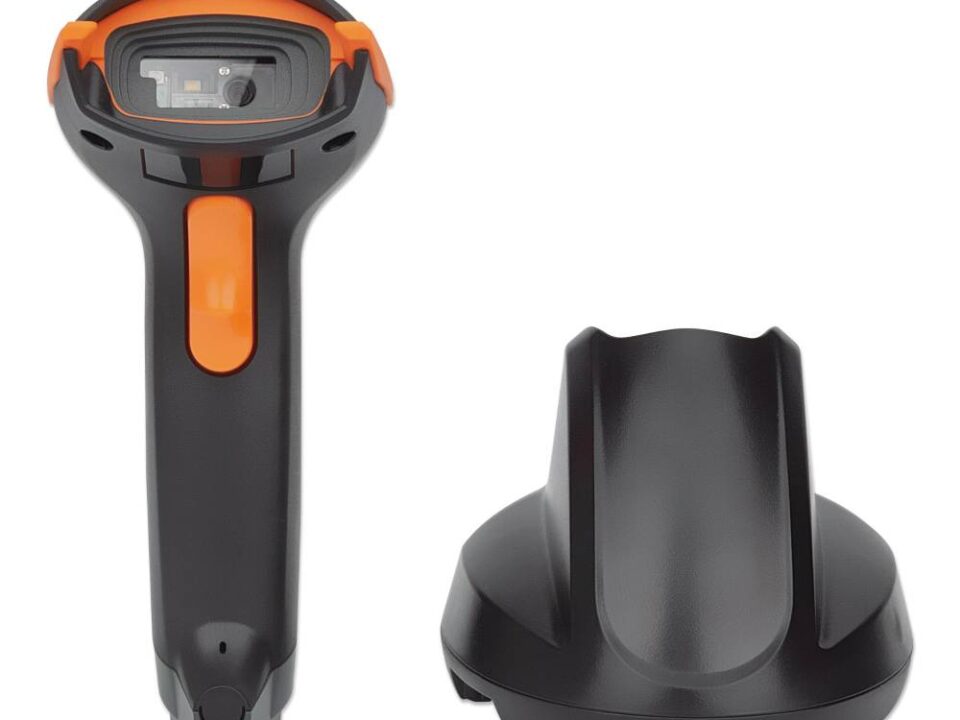Barcodes use different sets of international standards to encode data as a series of white and black bars. There are many types of Barcodes used to encode different types of data. UPC codes, used for commercial products, are some of the most common. Many Barcodes, especially UPC codes, display the numeric equivalent of the code below the lines. These numbers indicate the type of Barcode, and identification codes for the manufacturer and the product itself. You can use a Barcode scanner to read the code and input it into a computer, or manually input the code into a Barcode database.
Look for the digits at the bottom of the Barcode. All UPC Barcodes have readable numbers printed on the bottom. UPC-A, a common standard for marking products, uses 12 digits.
Find the first digit of the Barcode, which is often printed in smaller type than the other digits. The last digit is usually smaller as well. The first digit indicates the type of UPC:
0: Regular UPC codes 1: Reserved 2: Random weight items marked at the store 3: National Drug Code and National Health Related Items code 4: No format restrictions, for in-store use or on nonfood items 5: Coupon 6: Reserved 7: Regular UPC codes 8: Reserved 9: Reserved
Find the next set of five digits. This is a unique identifier for the manufacturer. An organization called the GS1 assigns unique Barcode ID numbers to manufacturers for use on UPC codes in the United States.
Find the next set of five digits. This set is separated from the manufacturer code by a series of longer Barcode lines. This code identifies the exact product. The last digit is a checksum, used by the scanner to ensure that the Barcode was scanned correctly. The checksum is calculated using the first 11 digits of the Barcode. The scanner calculates the checksum, and then checks its result against the last digit of the Barcode. If the numbers match, the Barcode was scanned correctly.
Input the UPC code into an online UPC database (see Resources) to look up the manufacturer and product ID. Even if the database doesn’t find the exact UPC you entered, it will return close matches that may provide some clues, and will likely give you the manufacturer, if not the exact product.




